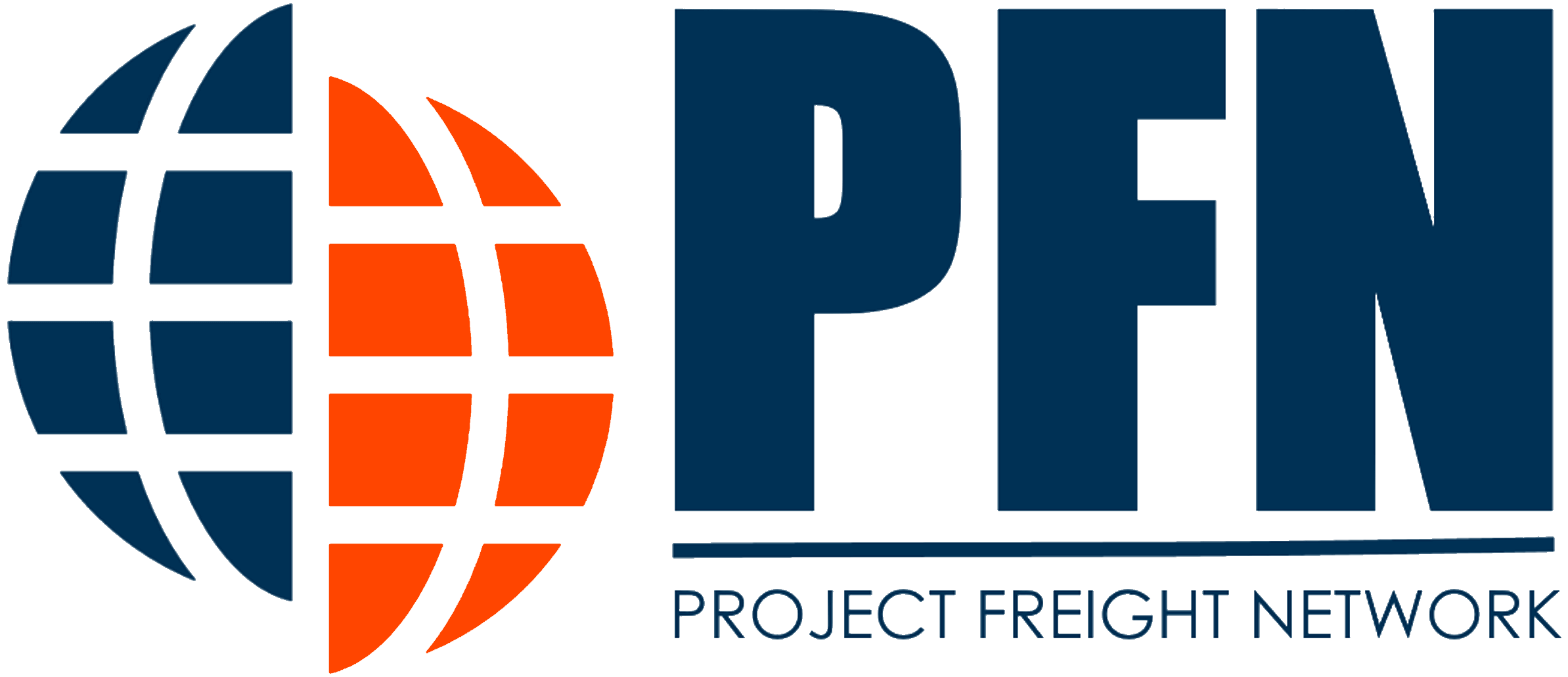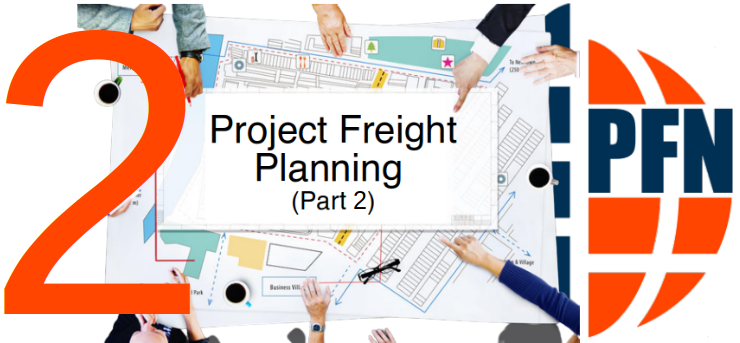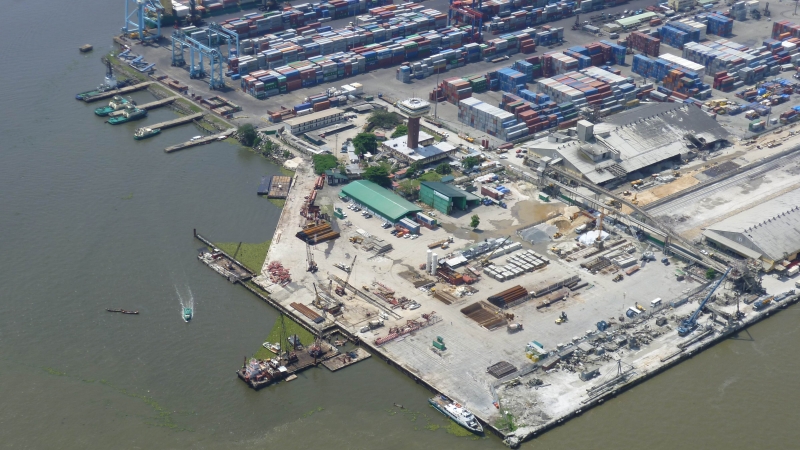A project plan is successful when the needs of the stakeholders have been met. A stakeholder is anybody directly, or indirectly, impacted by the project.
As a first step, it is important to identify the stakeholders in your project. It is not always easy to identify the stakeholders of a logistics project, particularly those impacted indirectly. Examples of stakeholders are:
- The project logistics sponsor
- The project job-site who receives the deliverable(s)
- The project logistics coordinator(s)
- The overall project manager and project team
- Project Freight Forwarder (if applicable)
- Contractors and subcontractors
Once you understand who the stakeholders are, the next step is to find out their needs and requirements. One of the best ways to do this is by conducting stakeholder meetings or interviews. Take time during the meetings to draw out the true needs that create real benefits. Too often, stakeholders will discuss needs that are not that relevant. These can be noted and set as a low priority.
The next step, once you have conducted all the project meetings and interviews, and have a list of needs and requirements, is to prioritize them. From the prioritized list, create a set of goals or milestones that can be easily measured. A technique for doing this is to review them against the SMART principle. This way, it will be easy to know when a goal has been achieved.
Once you have established a clear set of goals and milestones, they should be recorded in the Project Execution Plan (PEP). It can be useful to also include the needs and expectations of your stakeholders.
This is the most difficult part of the planning process completed.





